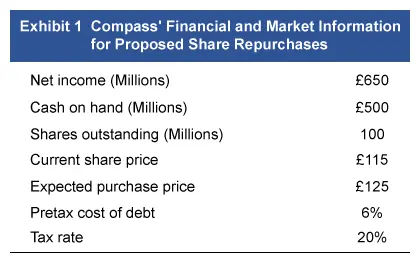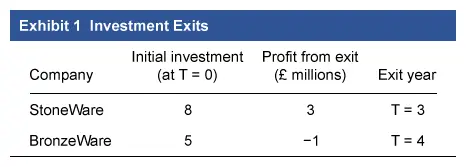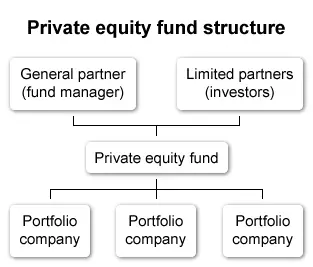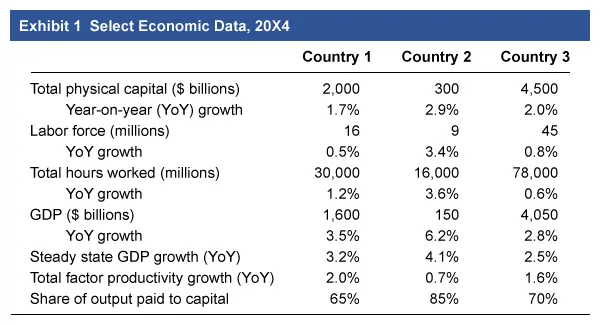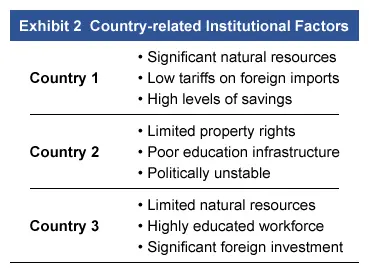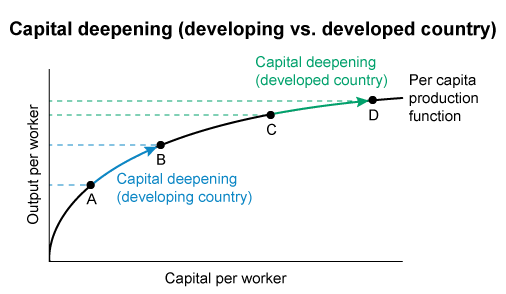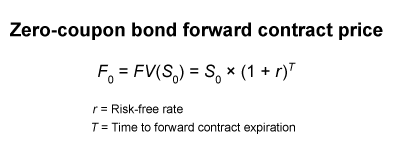CFA® Level 2 Mock Exams
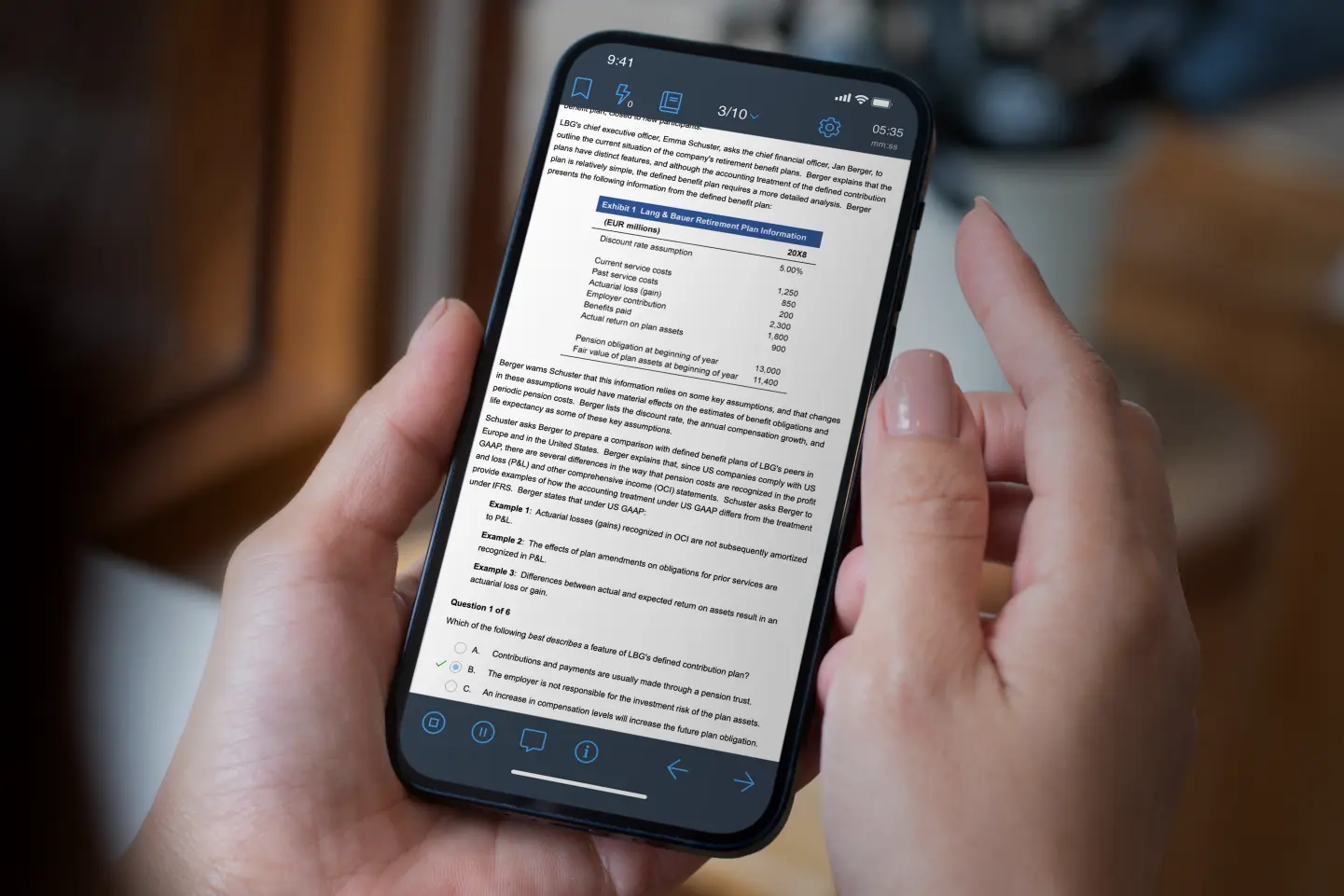

What If You Could Rehearse the CFA Exam Before Test Day?
Fresh, Exclusive Questions
CFAI-Aligned
Authentic Exam Interface
Timed to the Second
Built for Real-World Rigor
Analyze Your Results
Turn Anxiety into Confidence with Every CFA Level 2 Mock Exam
Get Mentally Ready for Exam Day
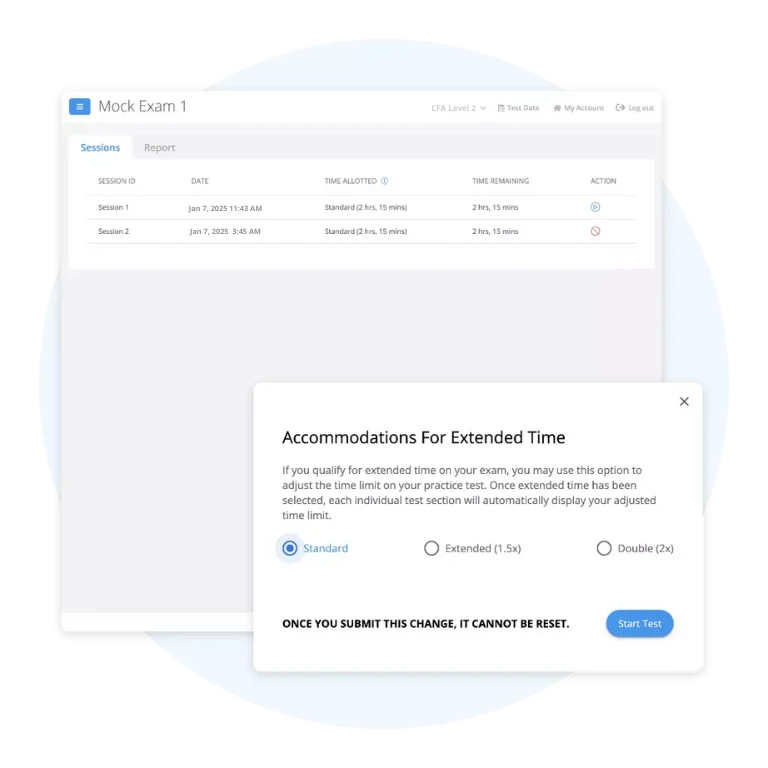

Save Time Where It Counts
Focus Where It Matters
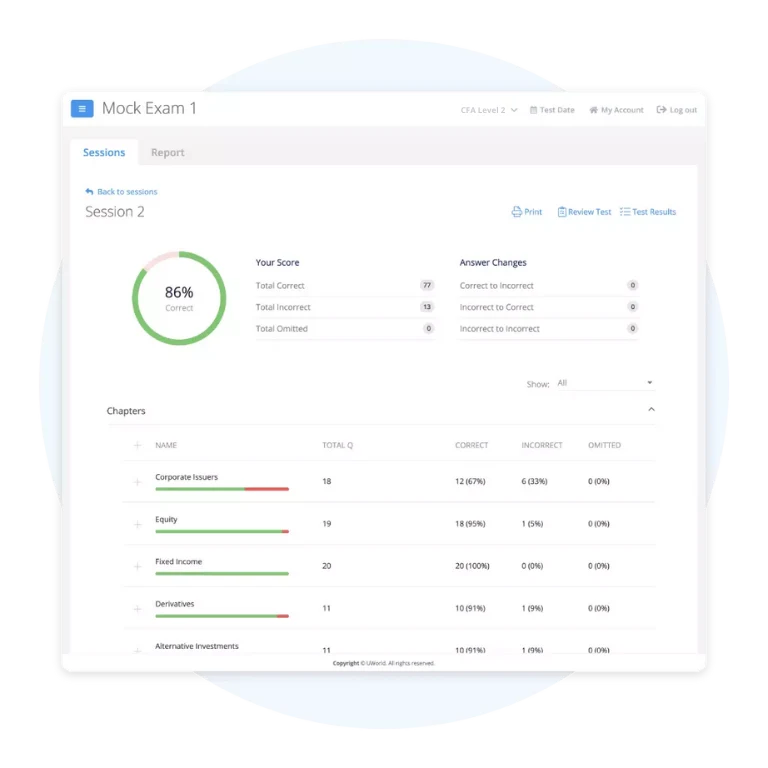
Choose Your Study Style — Save While You Prep
Whether you’re searching for a complete CFA Level 2 course with unlimited access time or a supplement, we have you covered.
Try our level 2 free trial and see how UWorld CFA can boost your prep
Try our level 2 free trial and see how UWorld CFA can boost your prep
CFA Candidate Success Stories

After attempting the mocks on UWorld, which are very difficult, I gained confidence and worked through the loopholes in my knowledge. Great! The explanations are very friendly, and the tools available are useful and time-saving."

The explanations on answers are incredibly detailed, unlike the official curriculum. I am currently using two other providers besides this one. I can say the questions on the mock exam and practice questions have the highest quality. UWorld will be a central part of my study process in future."

The practice questions test your limit. The rigor and attention to detail are top-notch. The explanations are comprehensive, and I feel more confident with every question I tackle. Best practice mocks one could ask for that hit all parts of the exam yet have appropriate difficulty!"
Frequently Asked Questions (FAQs)
Our goal is to prepare you beyond the minimum so exam day feels easier. Users tell us our level 2 sample exams are more difficult than the actual exam.
Aim for 70% or higher. This mirrors historical passing benchmarks.
Focus first on learning the concepts associated with each LOS. After you’ve worked through the material, take a mock exam to identify knowledge gaps. Repeat this process as many times as you can, leaving time between each mock exam to strengthen your weaknesses.
Two full-length mock exams are included. They are available only as a bundle for $119.
Yes. After you complete a mock exam, you’ll receive your score so you can review questions and answer explanations for each answer choice. Reviewing explanations from the CFA Level 2 practice exams helps reinforce concepts.
Yes. You can access all digital UWorld resources on your preferred device: desktop, laptop, tablet, or mobile.
